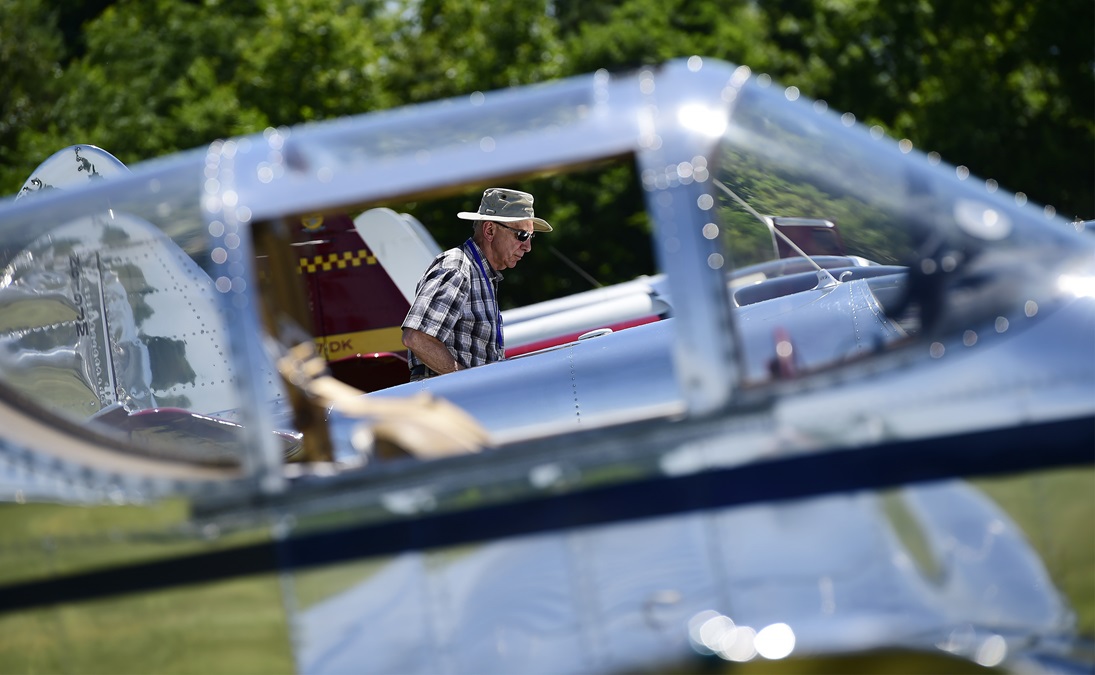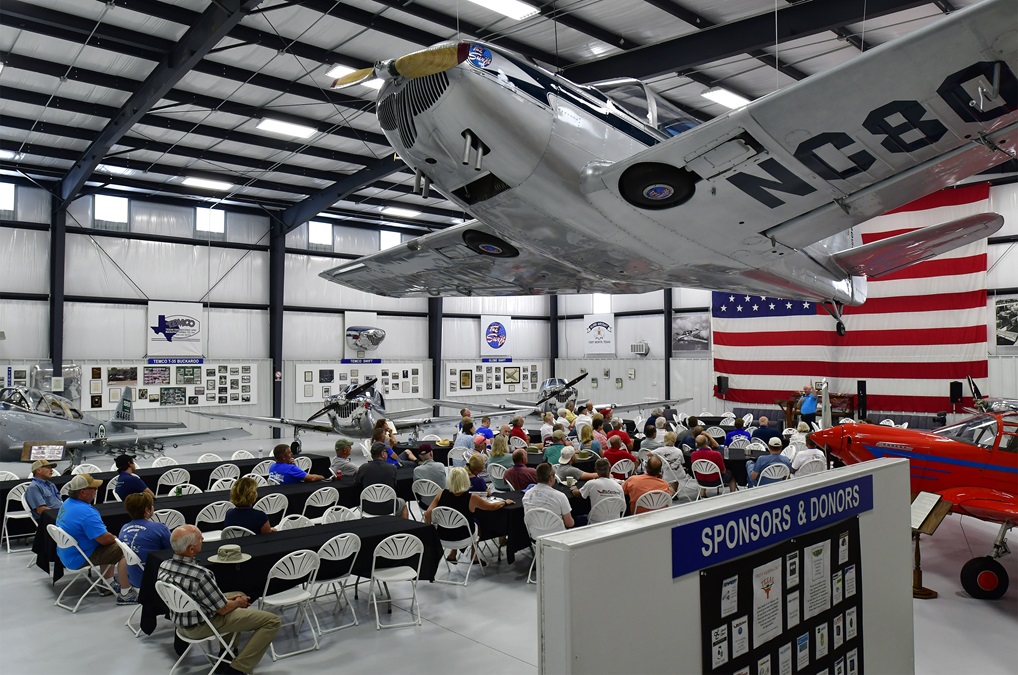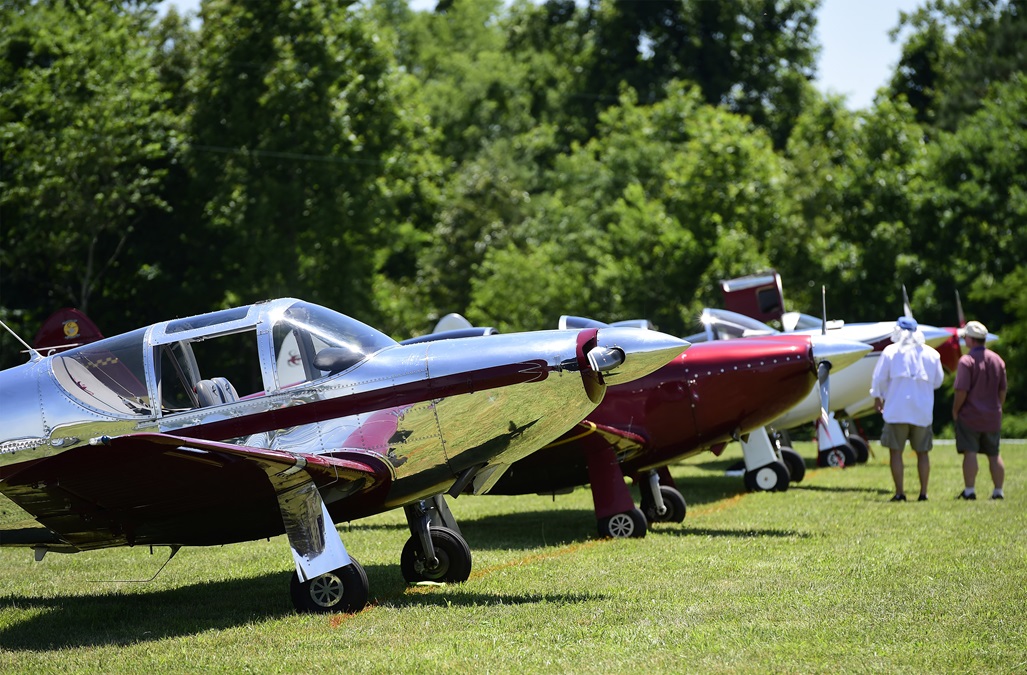Swift Museum fly-out highlights two-place classics
T–35 Buckaroo military trainer is a highlight
A polished Temco Globe Swift Serial No. 3 aircraft demands attention from Swift Museum Foundation guests as they walk underneath the two-place retractable-gear taildragger hanging from the ceiling of a hangar stuffed with rare examples of the sleek model.
A lunch fly-out to the museum at McMinn County Airport is planned for Sept. 13 during the AOPA Fly-In at Tullahoma Municipal Airport in Tennessee. The airport museum is located in Athens, among the verdant rolling hills west of the Unicoi Mountains in an area known as Tellico Plains.
Pilots of the classic 70-year-old airframes are supported by the foundation, which owns the type certificate, engineering data, tooling, and an inventory of parts to keep them airborne.
Swift pilots established the facility several years ago, and the latest addition includes a classroom for formation ground schools and other clinics. Groups of Swifts can be spotted performing precision air work at airshows around the United States and overseas, said Jim “Frog” Jones, the foundation’s president and a Swift aircraft owner for more than 40 years.
Documents posted in the Swift Museum explained that Globe Swift aircraft were manufactured prior to 1946 as the 85-hp GC–1A, although some had a slightly more powerful 90-hp version of the same engine. In the following years, some owners have converted their aircraft to a GC–1B derivative by installing a larger engine, although Classic Swifts typically have a 125- or 145-hp Continental powerplant.
The aircraft is beloved among Swift aficionados, who often individualize the model with a variety of go-fast options. Type club member Jerry Kirby, the owner of a modified Swift, noted that replacing the original and modest Continental powerplant with more powerful engines is at the top of the list for some owners. The sky and their pocketbooks are the limits as far as horsepower is concerned.
Many of the speedsters have been upgraded to a Continental 210-hp version, while other owners fancy Lycoming’s 150- to 180-hp engines. Aerodynamic cowl modifications, conversions of control yokes to sticks, and substituting a sliding or gull-wing canopy for the original flip-down version are common mods.
Jones noted that the airplane lives up to its Swift namesake, with a 150-knot cruise speed on 10 gallons per hour that's typical of some of the larger engines frequently installed. “It’s truly a magic carpet,” he said.
Coming to the AOPA Fly-In? Check in with fellow pilots in advance through the AOPA Fly-In Hub.


















